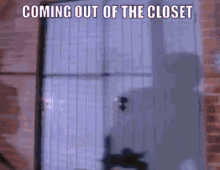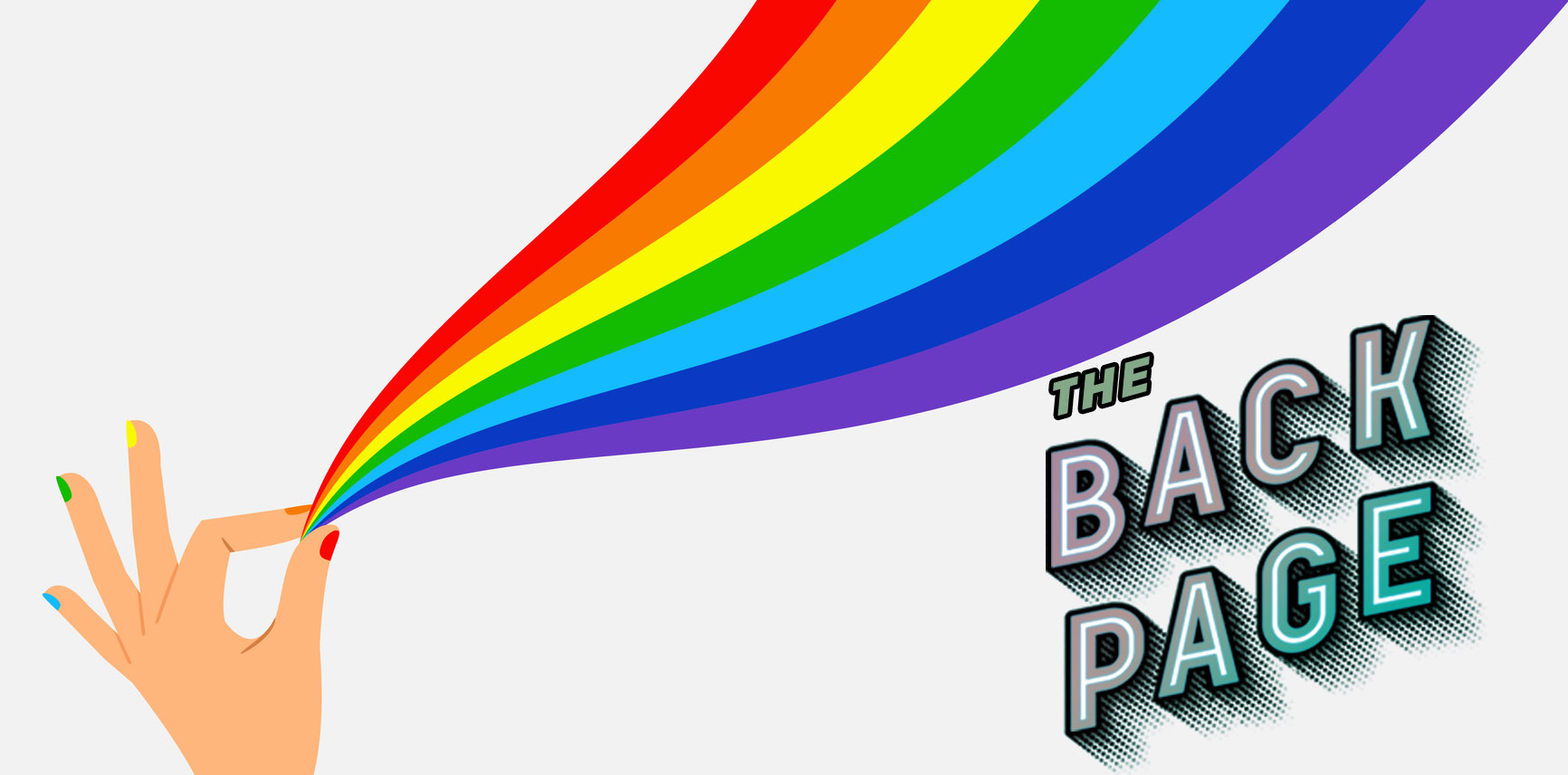Exposure to the concept of fluidity can change how straight people define their sexuality, a study shows.
Teaching straight people that sexuality falls on a spectrum causes a significant number of straight people to rethink their sexual orientation, a study has shown.
During the study, 460 people who previously identified as straight were to randomised to read one of several different papers on sexual identity theory.
One paper covered scientific evidence suggesting that sexual orientation exists on a spectrum from heterosexual to homosexual, with many people falling somewhere in between.

Another paper suggested that sexual orientation was better characterised as fluid rather than stable throughout life.
The other papers covered more traditional concepts, such as the bi/straight/gay categories and the stability of sexual orientation during a person’s lifetime. There was also a control group that read a paper about climate change.
At the end of the reading assignment, the study participants were asked about their sexual orientation again.
Participants who had read the paper on how sexual identity falls on a spectrum were 28% more likely to identify as non-exclusively heterosexual, and 19% indicated they would be more likely to be willing to engage in same-sex sexual activities.
This study shows it’s possible to push some of the bi-curious out of the closet with a simple reading task.

“Did we change people’s sexual orientation via our interventions? Surely not,” said the study’s lead author clinical psychologist Dr James Morandini.
“I think our study may have changed how people interpreted their underlying sexual feelings.
“This means two people with identical sexual orientations could describe their sexual orientation quite differently, depending on whether they have been exposed to fluid or continuous ways of understanding sexuality.”
The bi-curious group, while large, was “not well captured in our society’s representations and even vernacular”, said the study’s senior author Associate Professor Ilan Dar-Nimrod from the University of Sydney School of Psychology,
“Given the social value that our society attach to these labels, however, such a shift may have far-reaching implications,” he said.
“It also suggests that certain level of same-sex sexual attraction may be much more common than previously estimated.”

Maybe LGBTIQ+ needs an ‘S’ in it somewhere? Send fabulous story tips to felicity@medicalrepublic.com.au.


